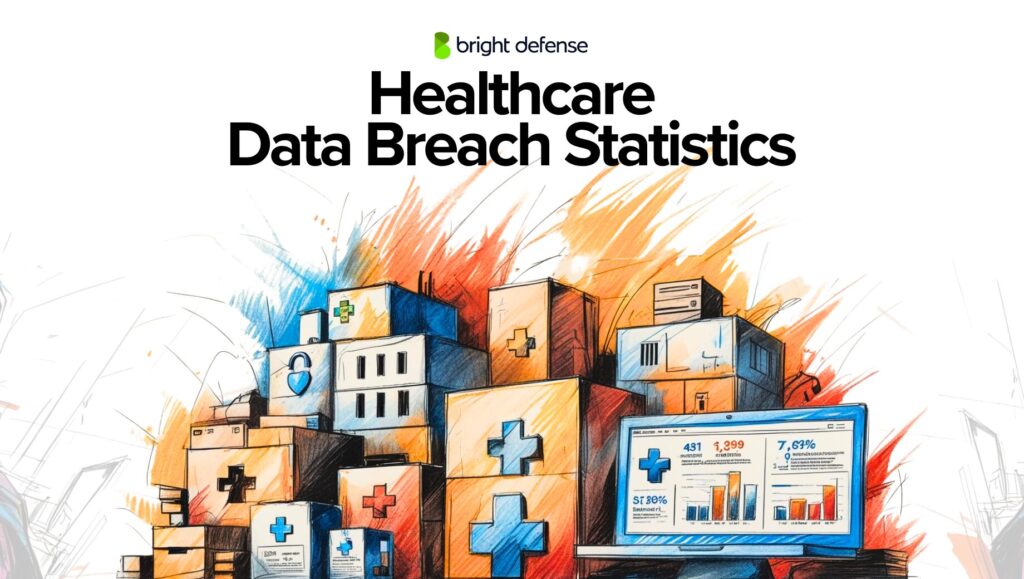Resources
Ten Things You Should Know About ISO/IEC 27001
ISO/IEC 27001 is a globally recognized standard that guides the management of information security. It outlines requirements for creating, operating, sustaining, and refining an information security management system (ISMS). The ISO Survey 2023 recorded 48,671 valid certificates worldwide by year-end. Even without complete data from all countries, this shows continued growth in adoption. The standard…
Read MoreWhy SOC 2 is Critical for Your AI Startup?
Building an AI startup is a high-stakes challenge. Investors, partners, and customers want to know they can trust you with their data from day one. In a world where AI systems process massive amounts of sensitive information, a single security misstep can damage credibility and stall growth. In fact, 65% of consumers say they would…
Read MoreTop 29 Penetration Testing Companies Worldwide in 2025
Your firewalls, antivirus tools, and employee training are not enough. Cyber threats in 2025 move faster and strike harder, driven by AI-powered attacks and organized crime groups that hunt for a single weak point in your defenses. Believing you are secure is one of the riskiest assumptions you can make. So, how do you expose…
Read More60+ Healthcare Data Breach Statistics (Oct – 2025)
The team at Bright Defense has put together a detailed collection of healthcare data breach statistics for 2025. This report covers curated statistics on: Let’s get straight to the numbers. Healthcare Data Breach Statistics Major Healthcare Data Breaches in 2025 1. Manpower Staffing Agency RansomHub Attack (August – 2025) From December 29, 2024, to January…
Read MoreWhat is Whaling in Cybersecurity?
Whaling is a targeted phishing method that focuses on high-ranking executives to steal sensitive information or authorize fraudulent actions. These attacks are dangerous because they often bypass typical red flags and rely on trust, authority, and familiarity to succeed. In this blog, we’ll break down what whaling is, how it works, and why it poses…
Read MoreSOC 2 Trust Services Criteria: A Practical View for Security Teams
SOC 2 audits are structured around the Trust Services Criteria, a framework developed by the AICPA. These criteria outline expectations for managing data securely and responsibly. The core criteria, established in 2017, remain unchanged. However, in 2022, the AICPA issued revised points of focus to address evolving technologies, threats, and regulatory requirements . The Trust…
Read MoreWhat is Red Team vs. Blue Team in Cybersecurity
Cyberattacks continue to affect businesses across every sector, with incidents growing more complex and expensive. Estimates suggest that cybercrime losses may reach close to $10 trillion worldwide in 2025. This growing pressure has led many organizations to focus more on testing and strengthening their internal security teams. One approach involves using red teams and blue…
Read MoreEDR vs Antivirus: What’s the Difference?
Cyber threats don’t wait, and neither should your defenses. As attackers grow more sophisticated, businesses must choose tools that match the pace. While antivirus software handles familiar threats, Endpoint Detection and Response (EDR) brings deeper visibility and faster action against advanced attacks. In this post, we break down how EDR and antivirus stack up and…
Read MoreSOC 2 Controls List (Updated 2025)
Starting a SOC 2 program means creating controls that fit your company’s goals, risks, and systems. These controls will vary depending on how your organization operates, the data you handle, and what your customers expect. SOC 2 is based on five Trust Services Criteria, each tied to a specific type of risk. Knowing which controls…
Read MoreSOC 1 vs SOC 2 vs SOC 3 – What’s the Difference?
Not all SOC reports serve the same purpose. While they may sound similar, SOC 1, SOC 2, and SOC 3 each focus on different types of risk, audiences, and use cases. If you are unsure which one applies to your business or your customers are asking for one you are not familiar with, this breakdown…
Read More








